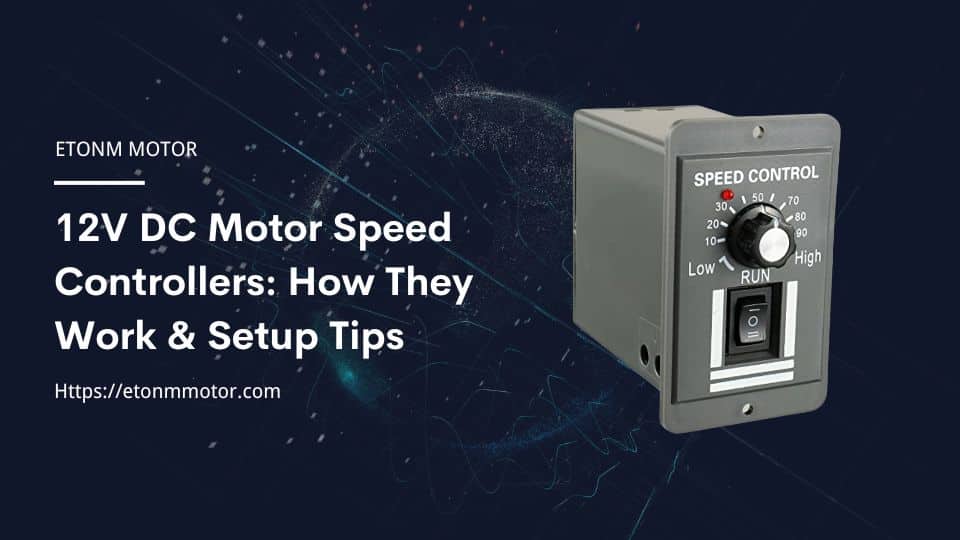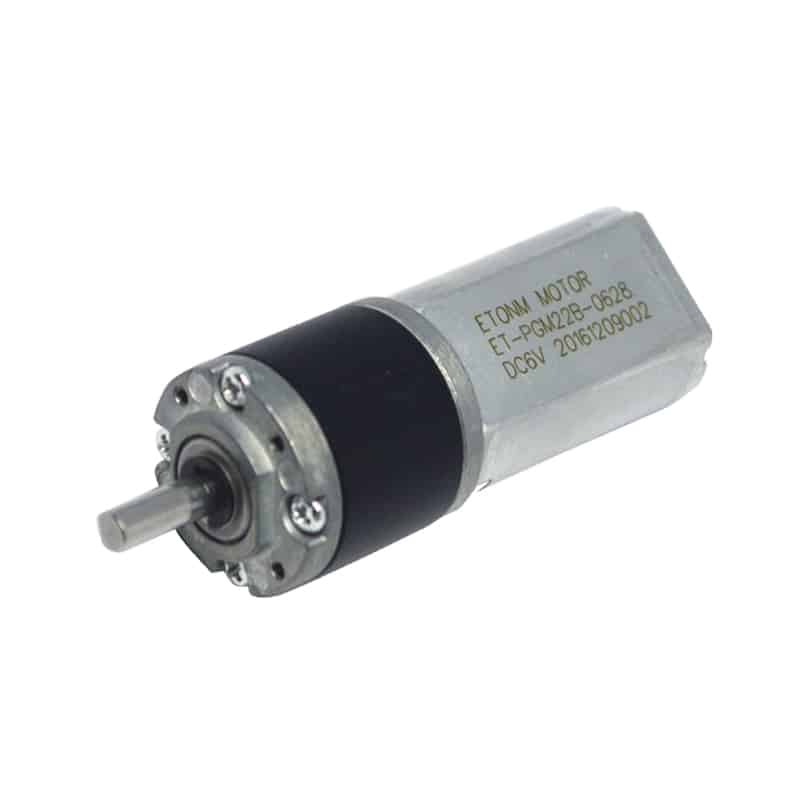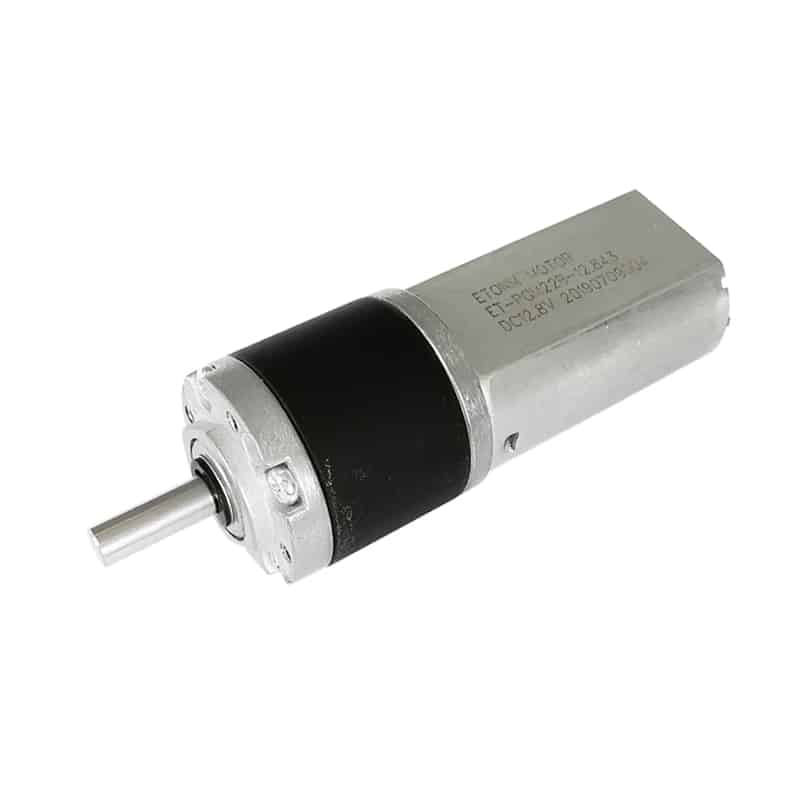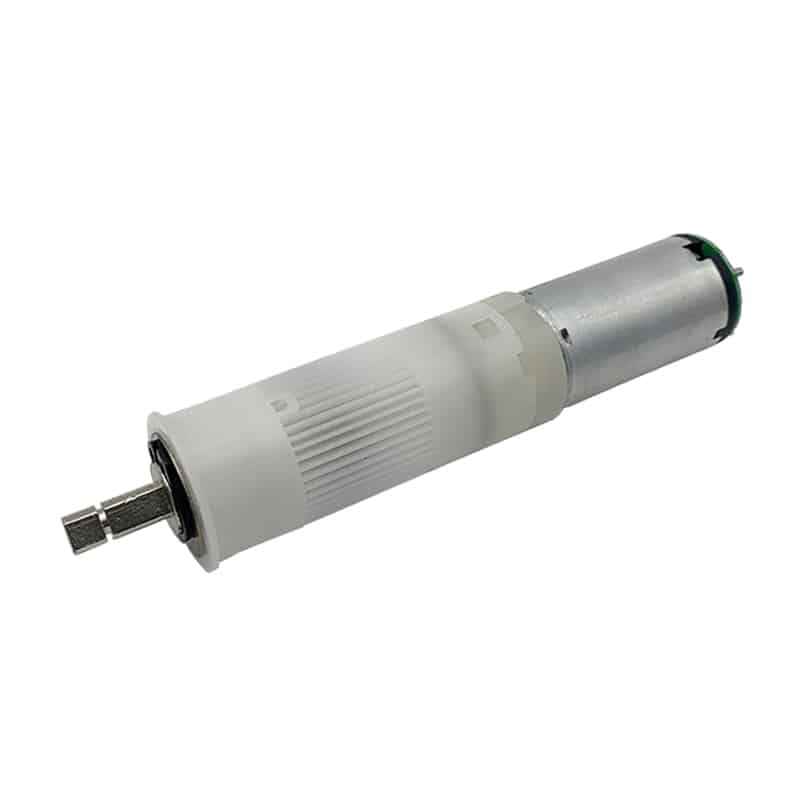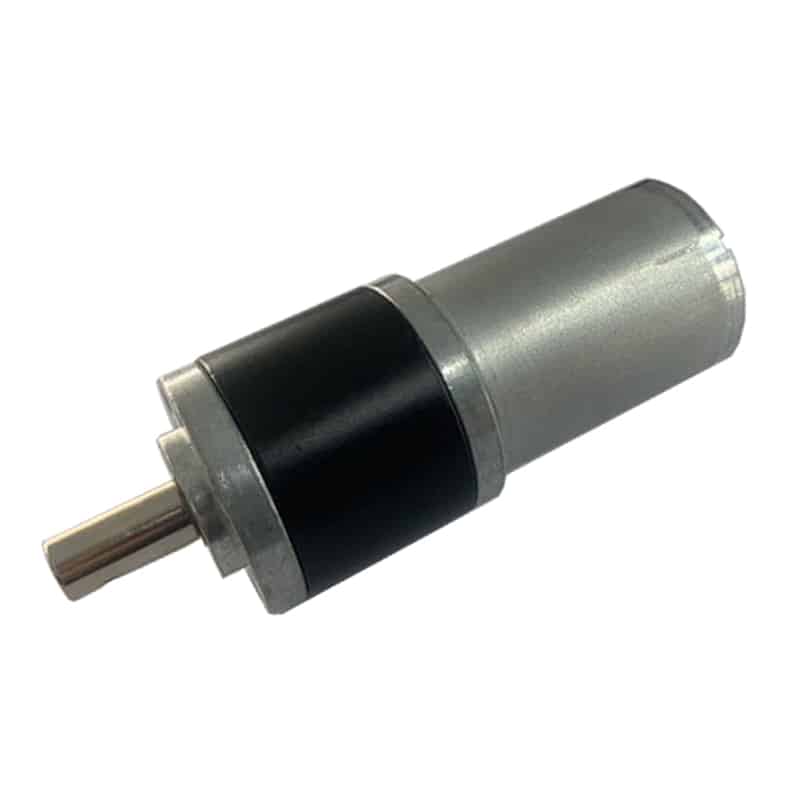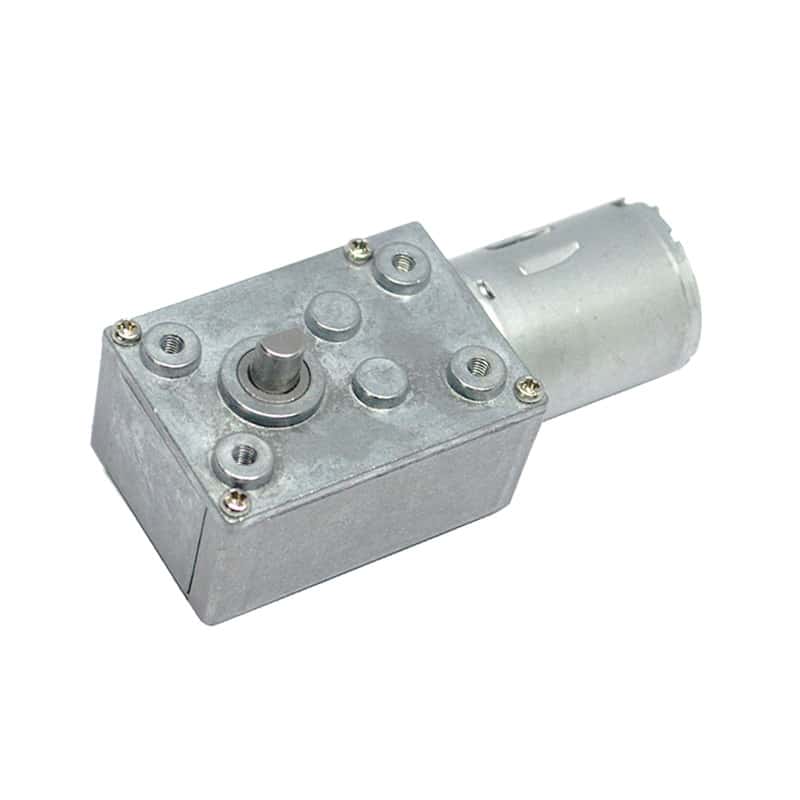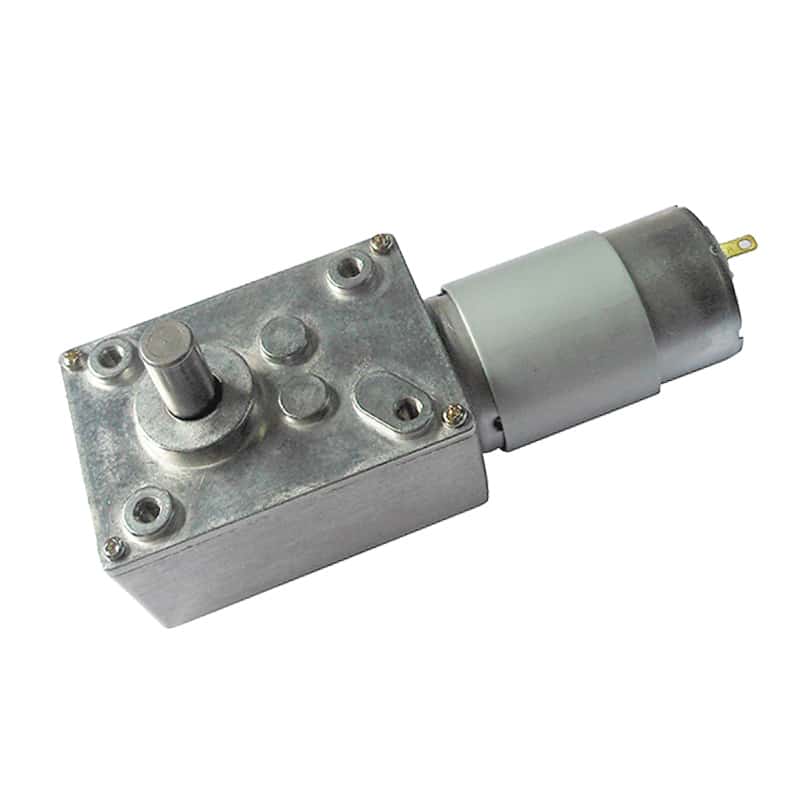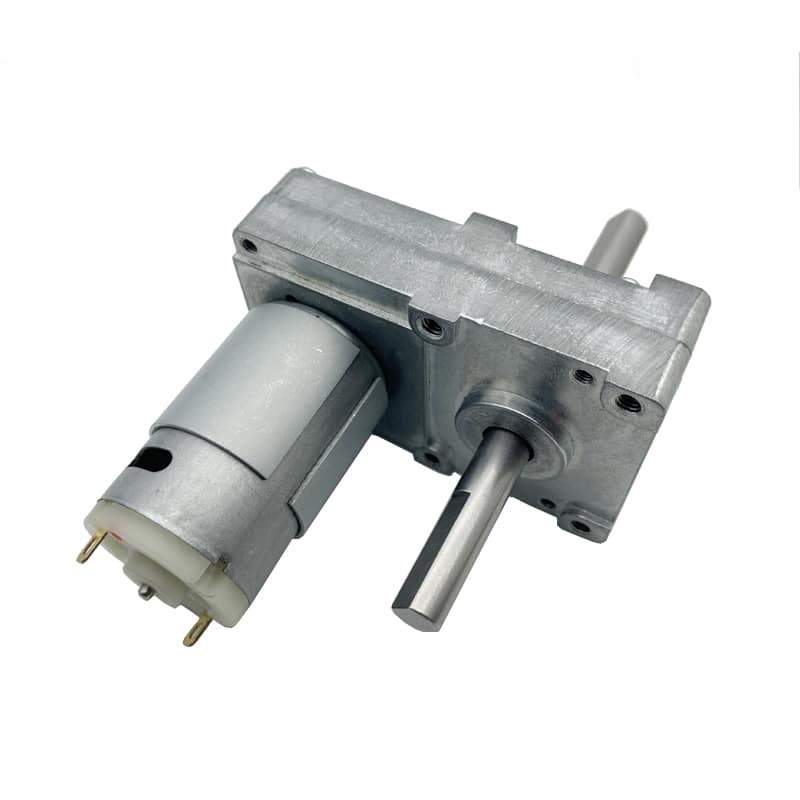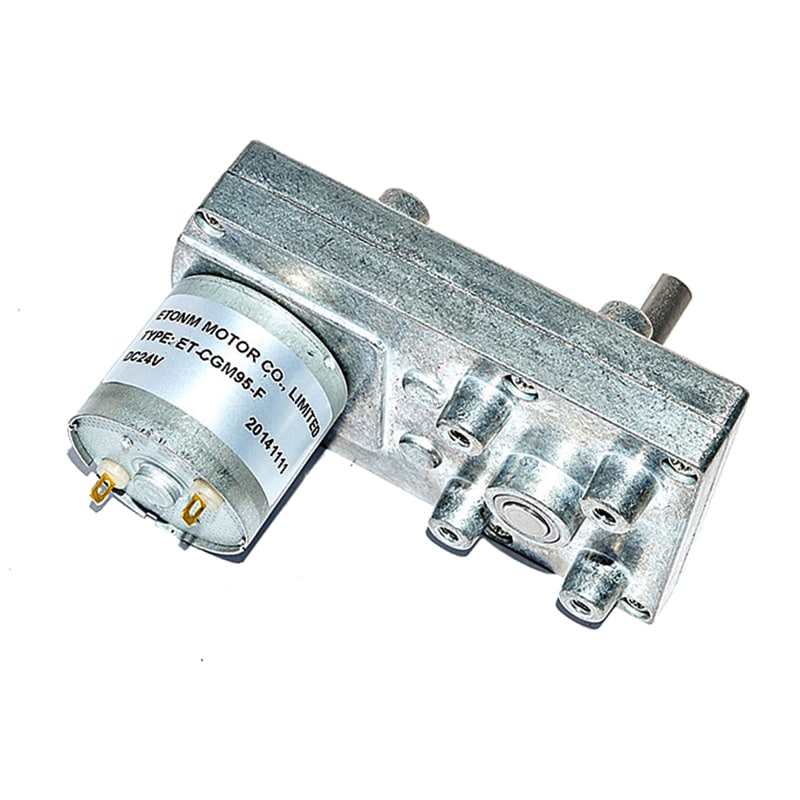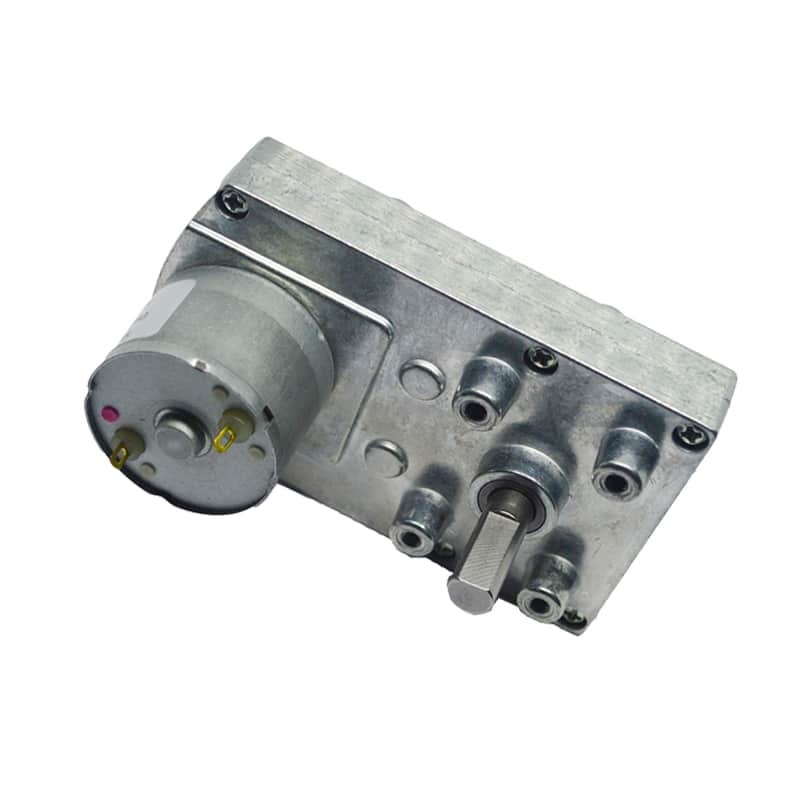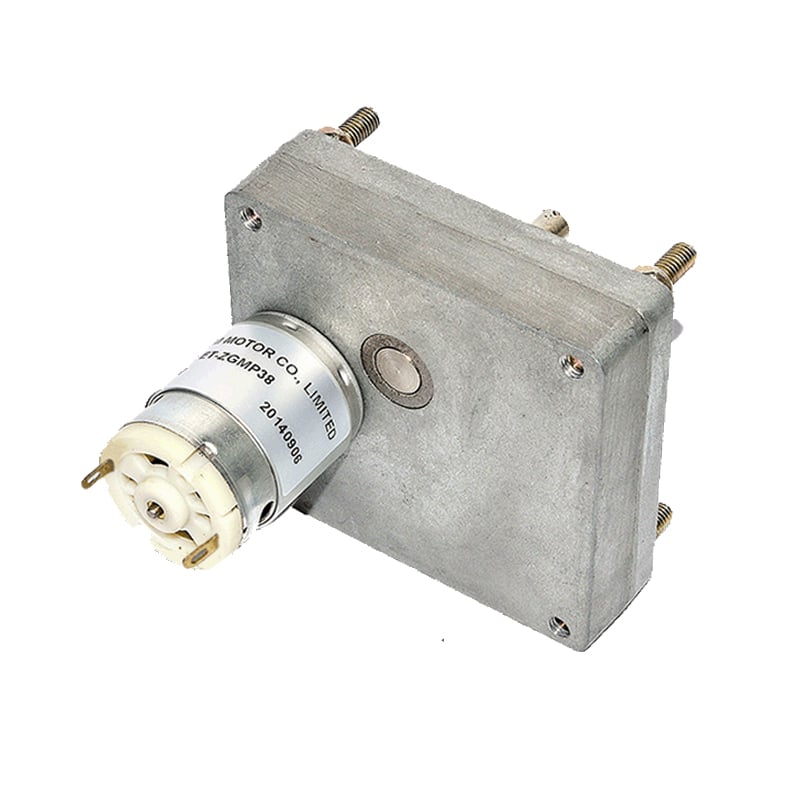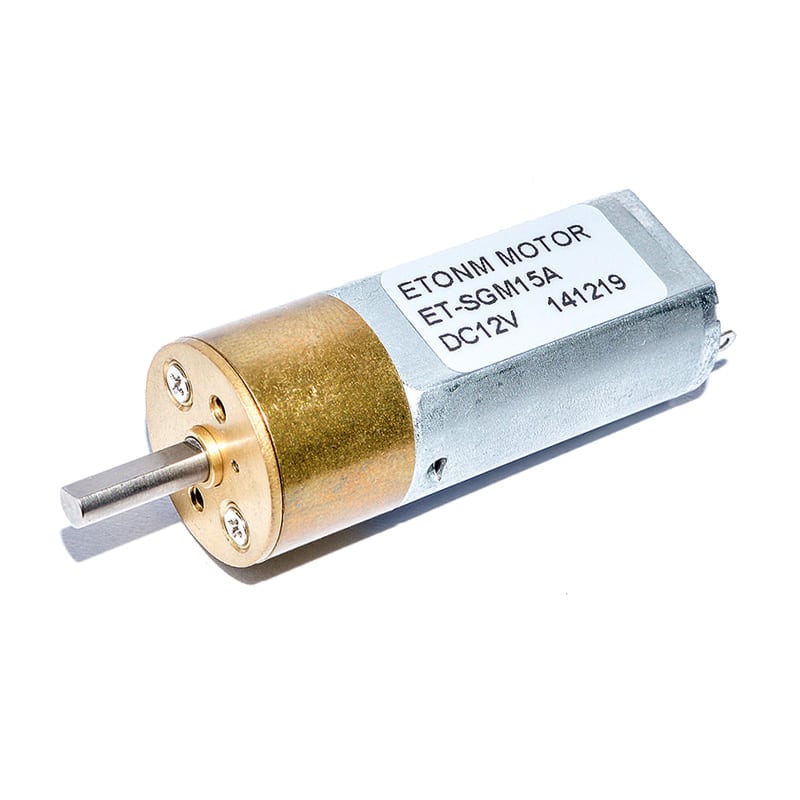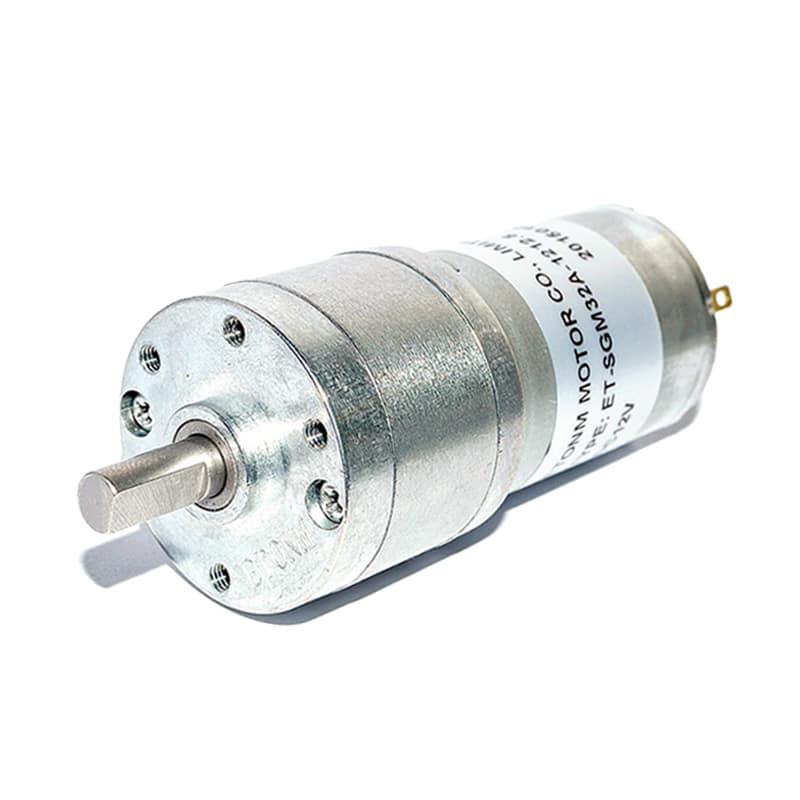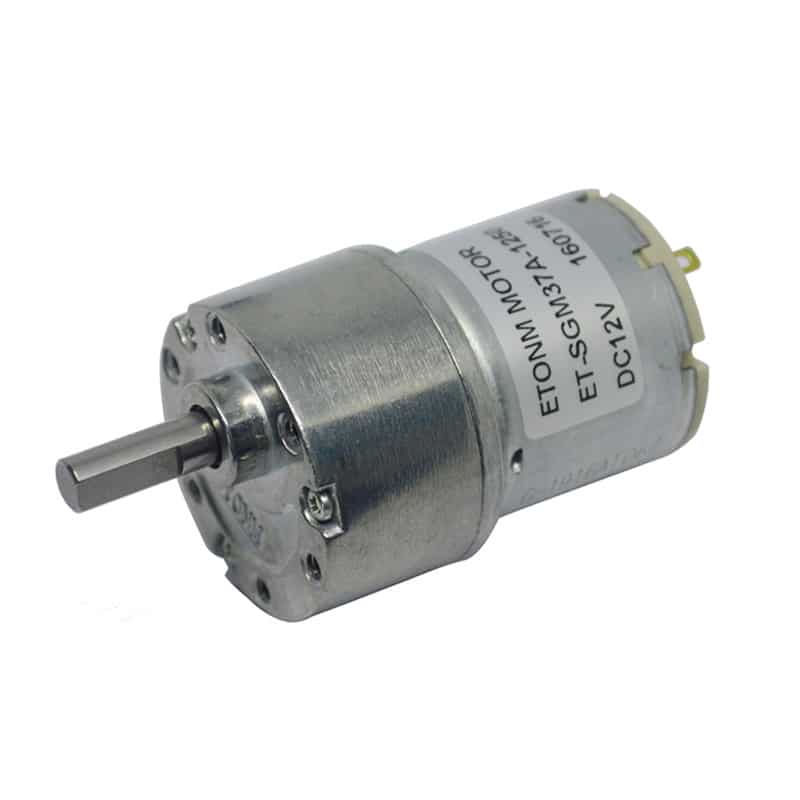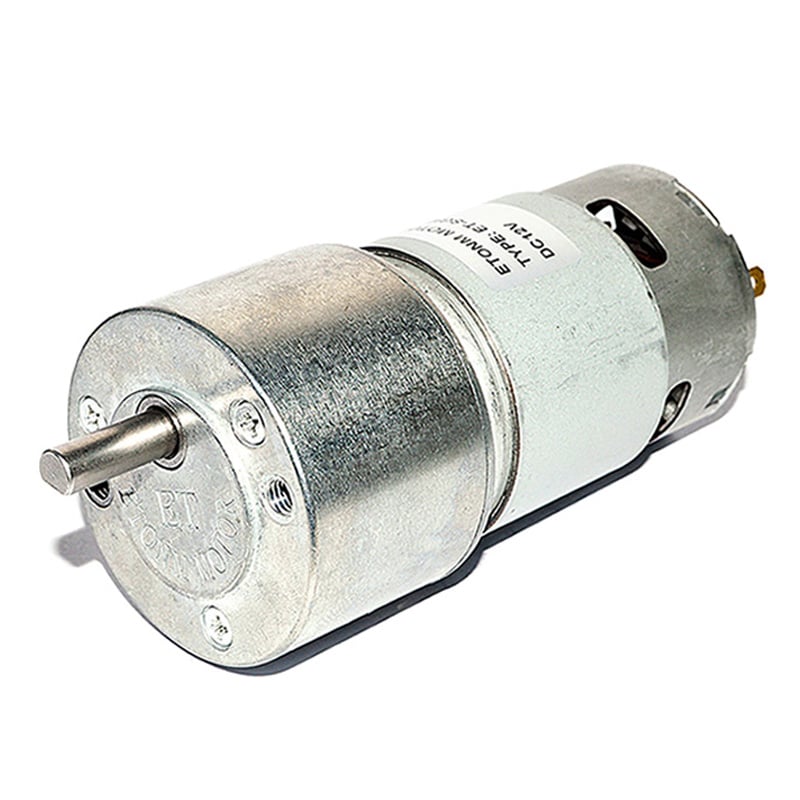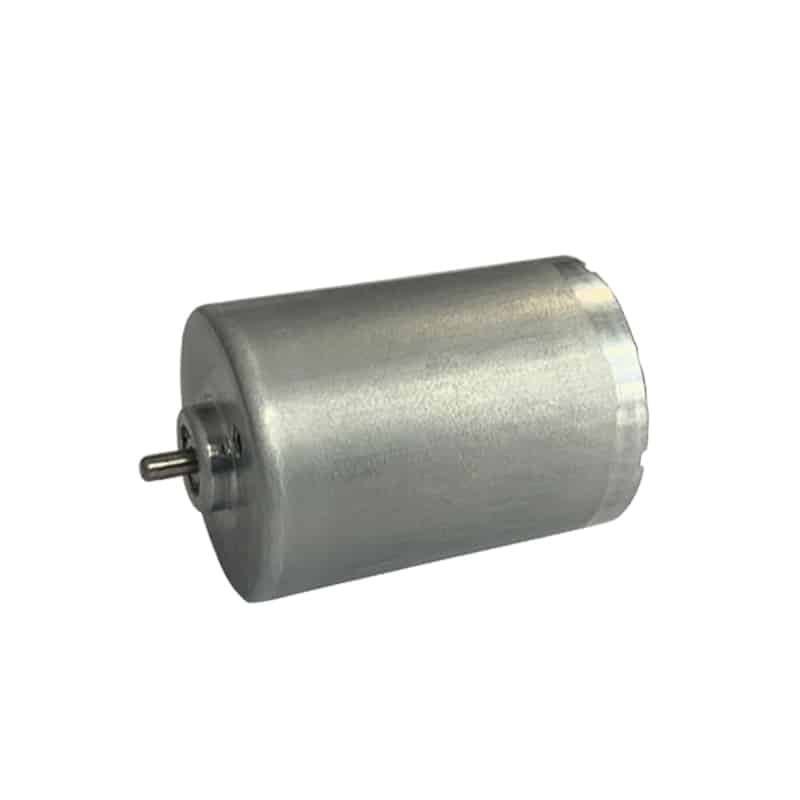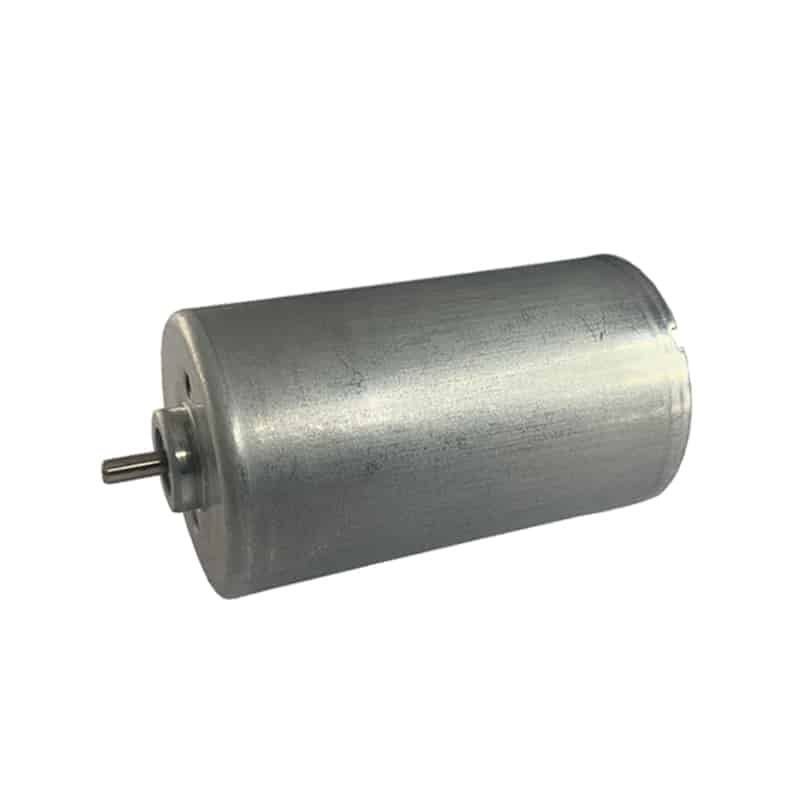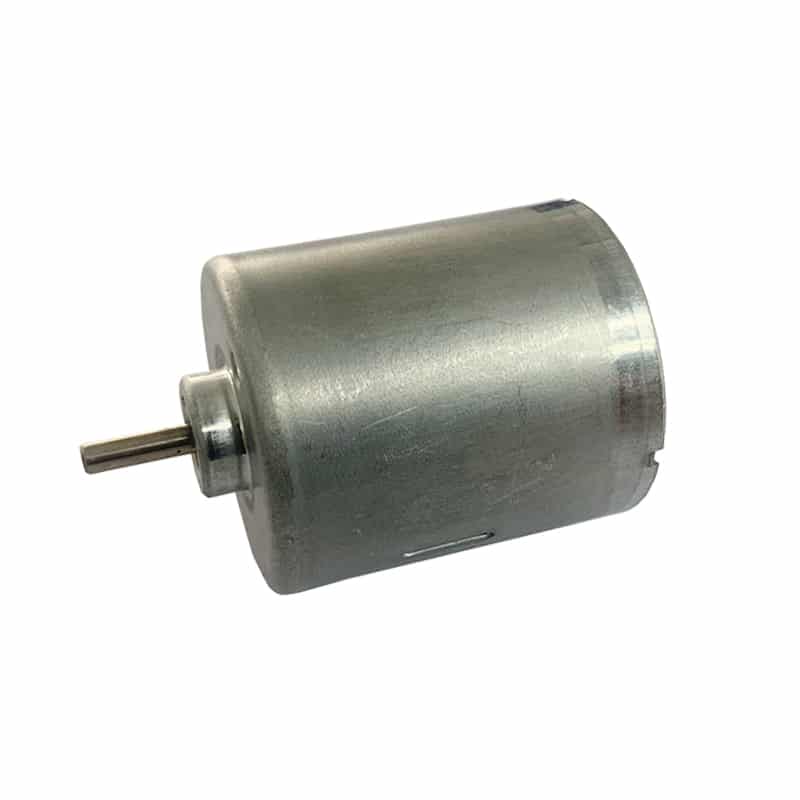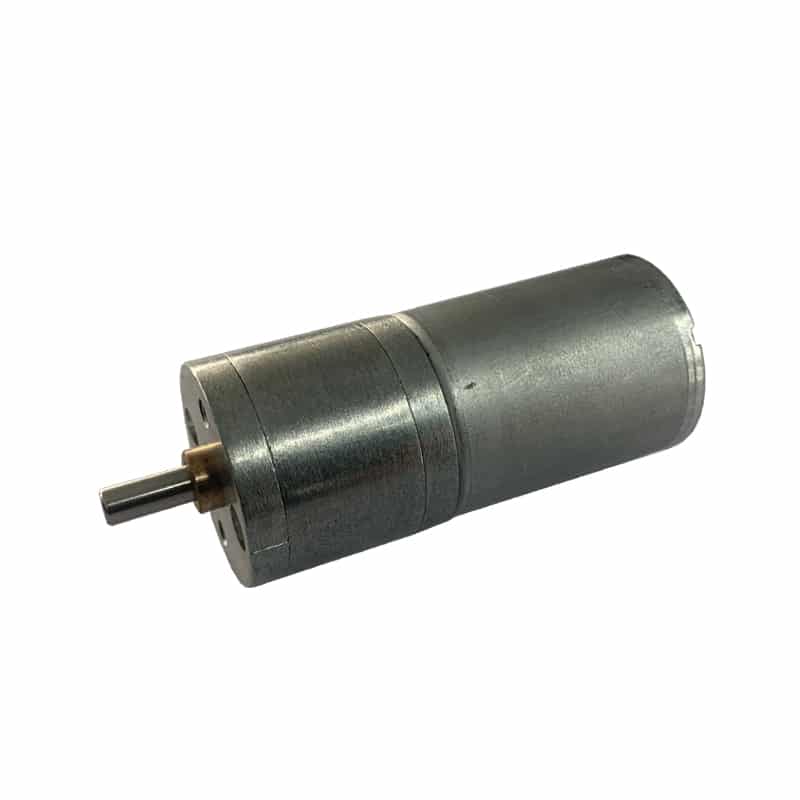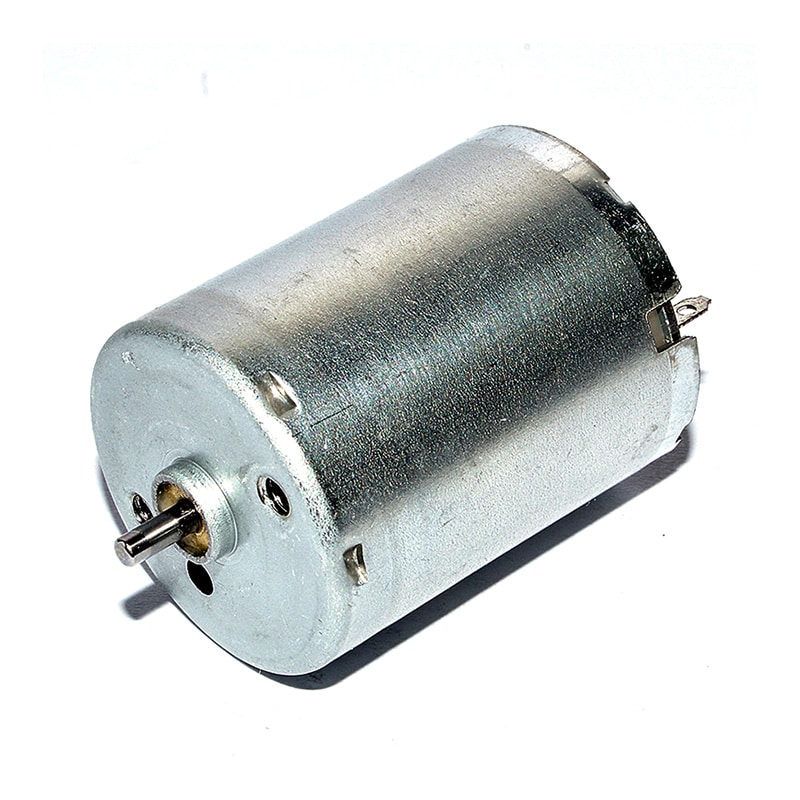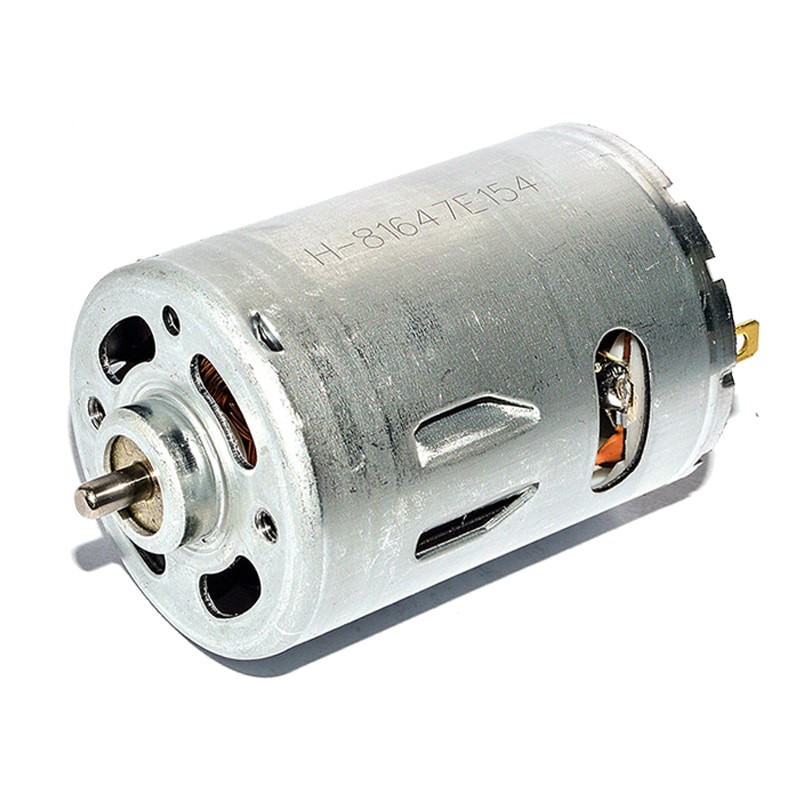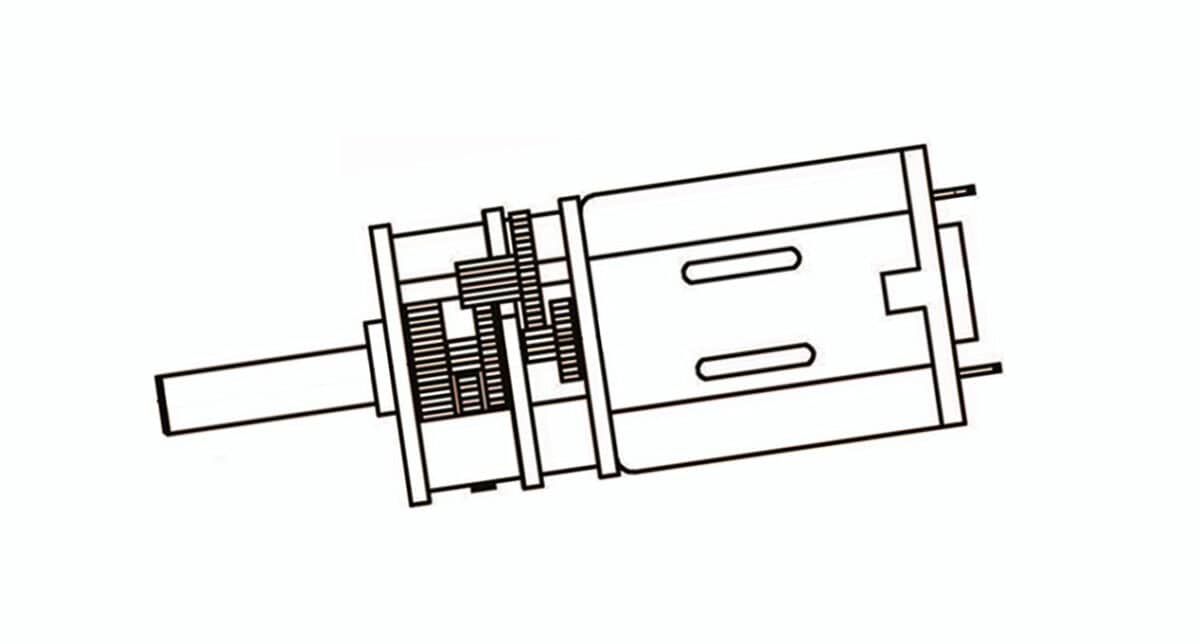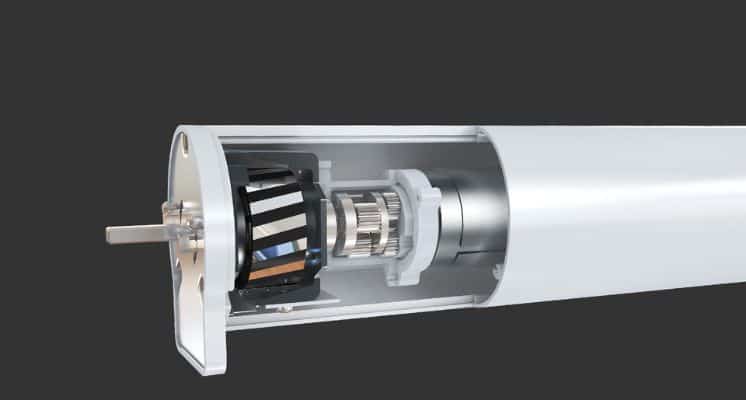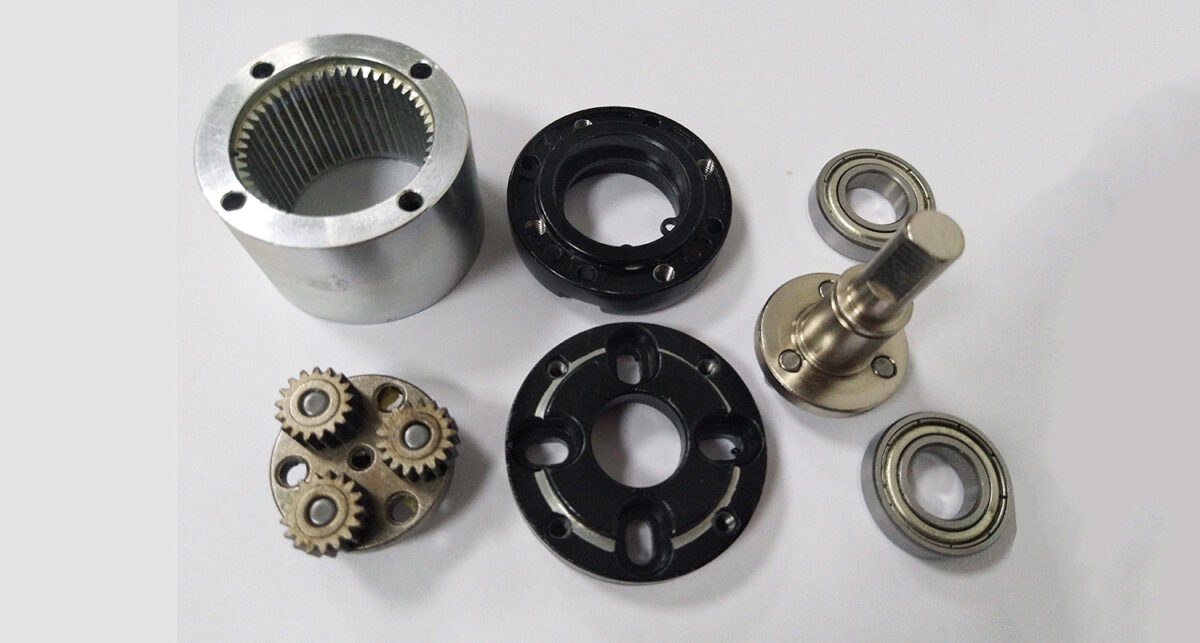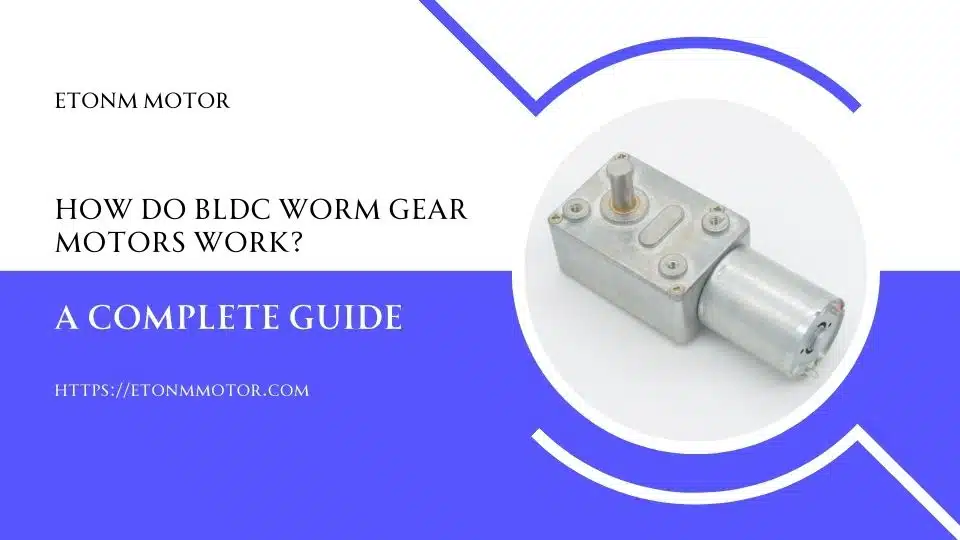"Discover how 12V DC motor speed controllers breathe new life into your projects with PWM technology. Learn setup tips and applications like fan control and robotics."
Table of Contents
Bringing New Life to Your 12V DC Motors
Imagine having precise control over your motor’s speed with just a flick of a switch or a tweak of a dial. That’s the magic a 12V DC motor speed controller brings to the table. Whether you’re tinkering with a DIY robotics project, fine-tuning a fan for your smart home, or powering a vending machine that needs to run like clockwork, these nifty devices unlock a world of flexibility for your 12V motors. Instead of being stuck with a motor that only runs full throttle or not at all, a speed controller lets you dial in exactly the pace you need—smooth, efficient, and tailored to your application.
At its core, a 12V DC motor speed controller isn’t just a gadget; it’s a game-changer that breathes new life into your projects. Curious about how it works or how to set one up? Let’s dive into the details and see why this little tool is a must-have for anyone working with DC motors—brought to you by the expertise of Etonm Motor.
How Does a 12V DC Motor Speed Controller Work?
When you first plug in a 12V DC motor speed controller, it might seem like a small box of wizardry. But peel back the layers, and you’ll find it’s all about clever engineering that puts you in the driver’s seat of your motor’s performance. These controllers don’t just flip an on-off switch—they fine-tune how much power reaches your motor, letting you adjust its speed with precision. Let’s break it down and see what’s really going on under the hood.
The Magic of PWM (Pulse Width Modulation)
At the heart of most 12V DC motor speed controllers lies a technique called PWM motor speed control—or Pulse Width Modulation, if you’re feeling technical. Picture this: instead of sending a steady stream of voltage to your motor, PWM chops it up into rapid pulses. The trick? By tweaking how long each pulse stays “on” (aka the duty cycle), you control how much power the motor gets. A 50% duty cycle means the motor runs at half speed, while 100% keeps it roaring at full tilt. It’s simple, efficient, and doesn’t waste energy as heat like old-school methods—pretty neat, right?
Why It’s a Game-Changer for Motor Control
So why does this matter? For starters, PWM gives you smooth, stepless control from 0 to 100% speed—none of that jerky stop-start nonsense. Whether you’re slowing a fan to a gentle hum or ramping up a robotic arm for action, a 12V DC motor speed controller delivers exactly what you need. Plus, it’s energy-efficient: tests show PWM-based controllers can cut power loss by up to 30% compared to resistor-based setups. That means longer runtimes and less heat buildup—something Etonm Motor’s designs take full advantage of. It’s not just control; it’s control done smart.
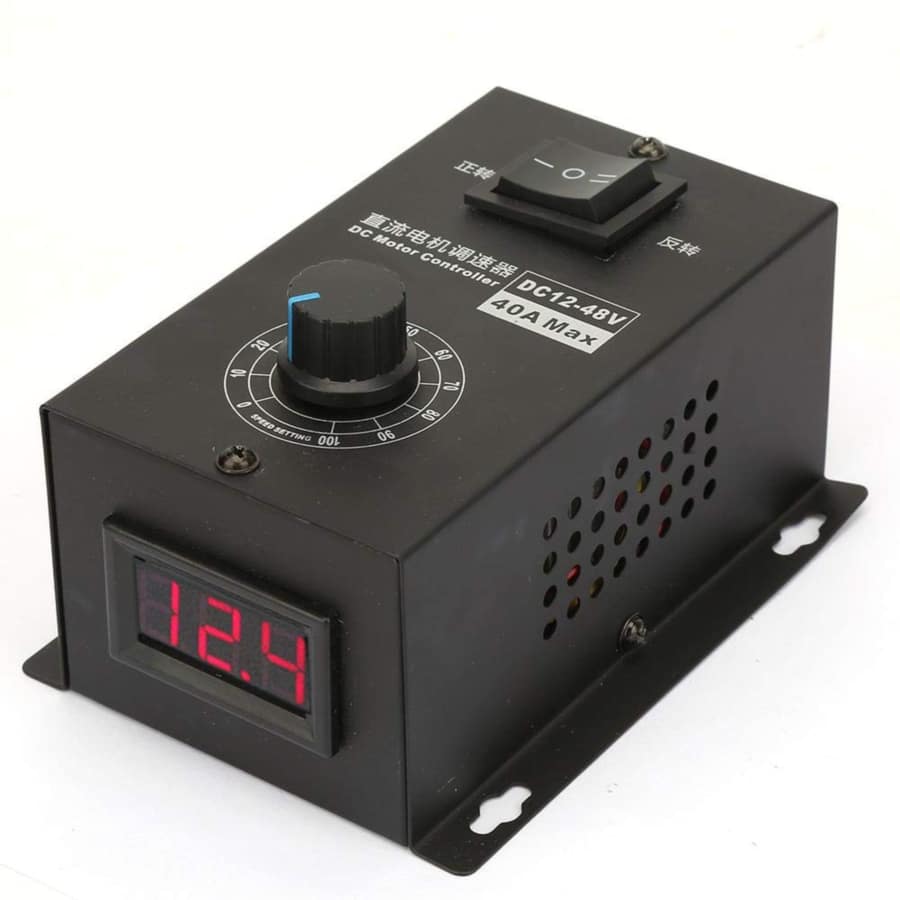
12 Volt Variable Speed Controller Setup Made Simple
Ready to get your 12V DC motor speed controller up and running? Setting up a 12 volt variable speed controller doesn’t have to feel like rocket science. With a few basic tools and a clear plan, you’ll have your motor humming at just the right speed in no time. Whether it’s for a DIY project or a professional application, here’s how to connect everything step-by-step—straight from the pros at Etonm Motor.
Tools and Components You’ll Need
Before you start, gather your essentials. You’ll need:
- A 12V DC motor speed controller (check Etonm Motor’s range for reliable options).
- Your 12V DC motor—make sure it’s compatible with the controller’s specs.
- A 12V power supply (battery or adapter) with enough juice for your setup.
- Basic wiring tools: screwdriver, wire strippers, and some insulated wires.
- Optional: a multimeter to double-check connections (trust me, it’s a lifesaver).
Got everything? Great—let’s move on to the fun part.
Step-by-Step Connection Guide
Here’s how to wire up your 12 volt variable speed controller like a pro:
- Power off: Safety first—disconnect your power source to avoid any shocks.
- Connect the motor: Find the controller’s output terminals (usually labeled “Motor +” and “Motor -”) and hook them up to your motor’s positive and negative leads. Double-check polarity—mixing it up could fry your setup.
- Link the power supply: Attach the power source to the controller’s input terminals (“Power +” and “Power -”). Match the voltage (12V, of course).
- Test it out: Turn on the power, tweak the knob or slider, and watch your motor respond. Too fast? Dial it back. Too slow? Crank it up.
- Secure everything: Once it’s running smoothly, tidy up the wires and mount the controller if needed.
That’s it! You’re now in full control. Pro tip: if your motor’s acting funky, recheck the connections—nine times out of ten, it’s a loose wire.
Real-World Applications of 12V DC Speed Controllers
A 12V DC motor speed controller isn’t just a techy toy—it’s a versatile tool that powers all sorts of cool stuff in everyday life. From tweaking fan speeds in your home to giving a model car that perfect burst of acceleration, these controllers make things work smarter, not harder. Let’s explore a couple of real-world examples where Etonm Motor’s expertise shines, showing how this little device can level up your projects.
Fan Speed Regulation for Comfort and Efficiency
Ever wished your fan could adjust itself to the room’s vibe? With a 12V DC motor speed controller, that’s no dream—it’s reality. Imagine rigging up a ceiling or desk fan in your smart home setup: crank it up on a sticky summer day, then ease it down to a whisper-quiet breeze at night. Not only does this keep you comfy, but it’s also a win for efficiency. By dialing back the speed when full blast isn’t needed, you can cut energy use by up to 25%, according to some handy energy-saving stats. Etonm Motor’s controllers are built for this kind of smooth, reliable performance—perfect for keeping your space just right.
Powering Model Cars and Robotics
If you’re into model cars or robotics, a 12 volt variable speed controller is your secret weapon. Picture a remote-controlled car zipping around a track: too fast, and it’s a crash waiting to happen; too slow, and it’s no fun. A speed controller lets you find that sweet spot, giving you precise throttle control for hairpin turns or straight-line sprints. The same goes for robotics—think of a robotic arm picking up delicate objects. Etonm Motor’s range, like our micro DC motor setups, pairs perfectly with these controllers, delivering the finesse and power hobbyists and pros alike crave. It’s all about making your creations move like they’ve got a mind of their own.
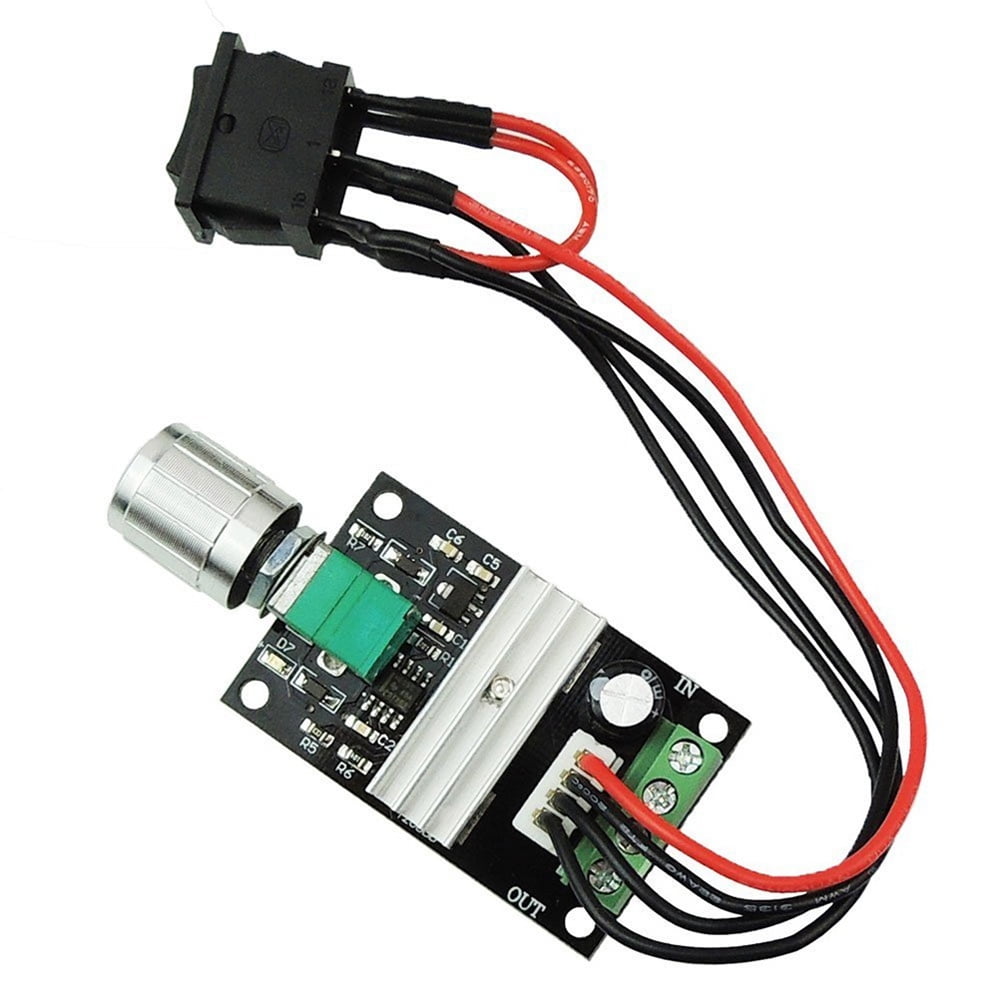
Why Choose Etonm Motor for Your Speed Control Needs?
By now, it’s clear that a 12V DC motor speed controller is more than just a fancy add-on—it’s the key to unlocking precision, efficiency, and versatility in your motor-driven projects. Whether you’re mastering PWM to fine-tune speeds, setting up a controller for a quick win, or powering everything from fans to robotics, this little device delivers big results. And the best part? You don’t have to be an engineering whiz to make it work—just a bit of know-how and the right gear.
That’s where Etonm Motor comes in. Our range of 12V DC motor speed controllers and compatible motors—like our micro DC and brushless options—are designed to make your life easier, whether you’re building smart home gadgets or tinkering with a model car. Want to see how our solutions can rev up your next project? Check out our product page for more details or drop us a line—we’d love to help you find the perfect fit. With Etonm Motor, you’re not just controlling speed; you’re controlling possibilities.
FAQs About 12V DC Motor Speed Controller
Got questions about your 12V DC motor speed controller? You’re not alone! We’ve rounded up some common queries to help you get the most out of your setup. Let’s tackle these head-on with practical answers, straight from Etonm Motor’s know-how.
Not quite—compatibility is key. Most 12V DC motor speed controllers work with brushed DC motors, but if you’re using a brushless motor (like some of Etonm’s offerings), you’ll need a controller designed for it. Check the motor’s specs for current draw and voltage, then match it to your controller’s rating. A mismatch could mean sluggish performance or a burned-out board—nobody wants that!
Heat’s a red flag. If your 12 volt variable speed controller is warming up too much, it might be overloaded—say, a 5A motor on a 3A controller. Or maybe the ventilation’s poor. Try easing off the load or adding a small heatsink. Etonm Motor’s controllers are built tough, but every setup has its limits. Keep an eye on it, and you’ll be fine.
Think about your needs: power, size, and control type. For a fan, a basic PWM setup works wonders; for robotics, you might want something with reverse capability.
Explore Our 12v DC Motors
Related Reading
- 12V DC Motor Guide: From Basics to Uses
- 12 Volt 1 HP DC Motors: Powering Fans to Heavy Duty
- 12V Gear Motor Guide: Worm vs Planetary Gears
- 12V DC Motor with Encoder: Precision Guide for Beginners
- 12V vs 24V DC Motors: How to Choose Your Voltage
- DC Motor Types: A Guide to Choosing the Right Model
- 12v DC Planetary Gear Motor: Power & Precision by Etonm Motor
- Low RPM Brushless Motor: Technical Specs & Customization
- Mini DC Motor Selection Guide
- How to Choose the Right Mini DC Motor Voltage
- How Does a DC Motor Work? A Simple Guide by Etonm Motor
- What Determines the Speed of a Brushless DC Motor?
- DC Motor Parameters You Need to Know Before Choosing
- What Is DC Motor Torque? A Simple Guide by Etonm Motor
- 12V DC Air Pump Motors: Small Size, Big Pressure
- 12V DC Fan Motor Guide
- 12V DC Motor Shaft Design: Impact & Options
- 12V DC Motor High Torque High RPM: Torque Vs. Speed
- Custom Control: Pairing 12V DC Motors With Speed And Encoder Accessories
- DC Speed Controller 12V Basics: From Brushed To BLDC
- 12V Low Speed High Torque Motor: Ideal For DIY Projects

